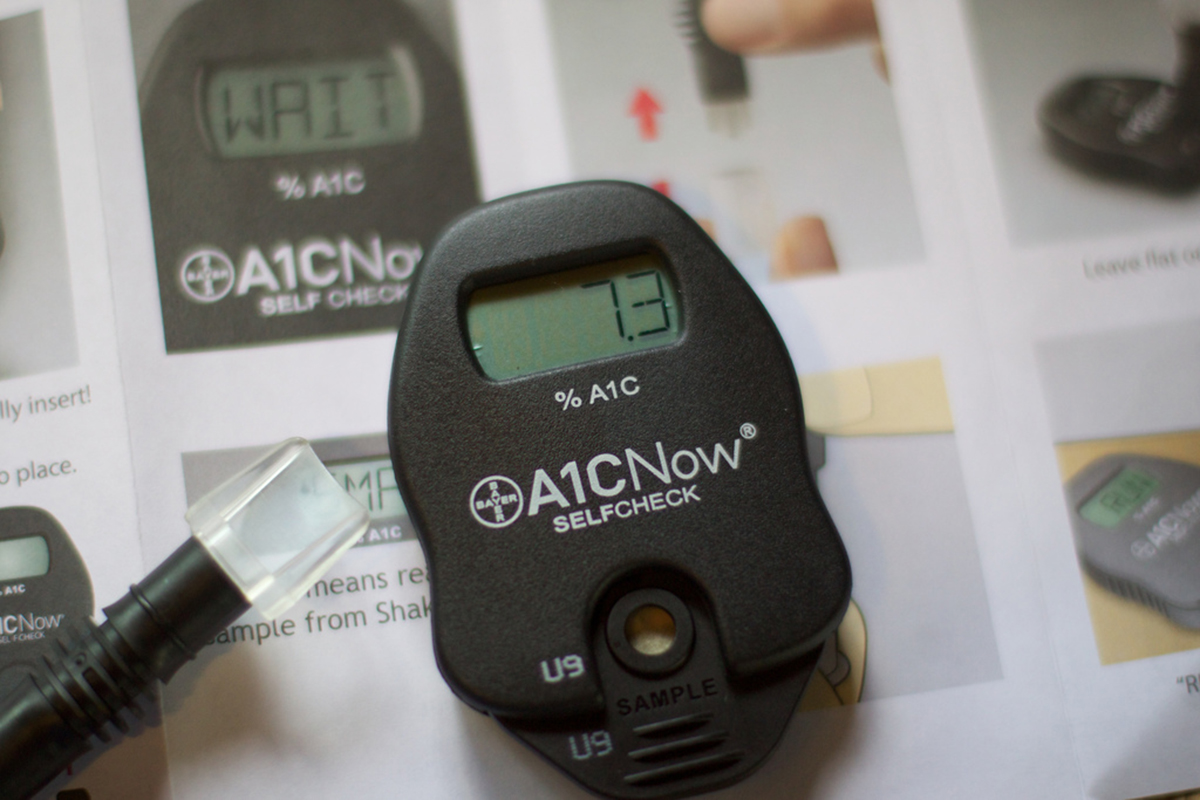New diagnoses of type II diabetes have reached epidemic proportions in every part of the world. Researchers revealed studies finding that 366 million people worldwide have diabetes, and that one person dies of diabetes complications every 7 seconds.
Once a Disease of the Elderly, Type II Diabetes Now Epidemic Among the Young
Global sales of diabetes medications reached $35 billion in 2010, and are expected to top $48 billion by 2015. The total cost of diabetes care worldwide is nearly half a trillion dollars per year, with the greatest increases in China, India, Mexico, and Brazil.
Seldom-Considered Causes of Diabetes
It is hard for many people to imagine, but tens of millions of people died in famines as recently as the 1960's. For most of recorded human history, food shortages have been much more common than food surpluses. The human body has an exquisite ability to survive starvation, with the same tools that cause diabetes when food is overabundant. The tendencies toward diabetes begin at birth.Every human life begins as a fertilized egg that rapidly multiplies to become a tiny embryo known as a blastocyst. The blastocyst has to implant itself in the lining of the uterus to continue growth. One of the chemicals that the embryo uses to bind itself to its mother is a hormone called ananamide, named after the Sanskrit word ananda, meaning bliss.
Later in life the human body continues to make anandamide, but "bliss" is achieved by eating sugary foods. The more likely you were in the first two days of life to bond to your mother, the more likely you are to have a blissful response to eating sugary foods. Many type II diabetics were not the product of their mother's first conception—they were just the first child conceived who was "sweet" enough to survive.
The Urge to Eat Processed Food
Another seldom-discussed factor in the epidemic of diabetes is the worldwide prevalence of infant formula. Baby formula saves mothers the necessity of breastfeeding. It makes it possible to feed infants whose mothers cannot breastfeed. And most infant formula is flavored with vanilla. Even if the amount of vanilla is so small that it cannot be tasted on the tongue, the brain's vaniloid receptors register tiny traces of vanilla in food—and the presence of vanilla triggers deep memories of infancy and satisfaction.Vanilla is in nearly every processed food product, for the simple reason that manufacturers know that most people can't resist it. There is vanilla in ketchup, in hamburger buns, in hamburger sauces, and in almost every kind of mass-produced dessert cake, cookie, biscuit, ice cream, candy, or pudding. Even chocolate is flavored with vanilla.
Vanilla makes every meal a happy meal, and people want to eat more and more. If the hamburger you cook at home just doesn't hit the spot the way you enjoy a Big Mac at McDonald's, just add a little vanilla. You'll notice the difference.
Sinister Causes of the Diabetes Epidemic
Modern mass-produced food is just one cause of the diabetes epidemic. Modern mass-produced consumer goods are another.
Countless consumer goods, including the majority of items you can buy at Costco or Walmart, are manufactured with the help of chemicals known as phthalates (pronounced THal-ates). These chemicals are what make plastics plastic. They add flexibility to polyvinyl chloride, so it can be used to make stabilizers, emulsifiers, binders, lubricants, and adhesives.

Phthalates are used in every aspect of home construction. They are used to make furniture, clothes, and toys. They may even appear in the capsules for your natural herbal supplement (although companies often use plant-based gelatins that do not contain phthalates).
These ubiquitous chemicals interfere with the production of testosterone, which is important to the creation of muscle. They also interact with sites on cells known as peroxisome proliferator-activated receptors (PPARs) on every cell in the body. One kind of PPAR can transform a baby bone cell or a baby blood cell into a baby fat cell. Another kind of PPAR can increase the efficiency of insulin for storing sugar as triglycerides and later as fats.
Phthalates make fat cells grow. And fat cells greedily absorb more and more sugar—until the pancreas "burns out" from making it. Phthalates activate an autoimmune reaction that destroys insulin-making beta cells even while they encourage the production of fat.
The United States has banned phthalates in children's toys. The European Union has banned phthalates in sex toys. But nearly a billion pounds (450 million kilos) of phthalates are still produced every year, and tens of millions of tons of phthalates contaminate every ocean and almost every land.
Health experts and health organizations still blame diabetes on diabetics. If just a few billion dollars were spent educating the public on how their eating habits are to blame for diabetes, organizations like the NCD Health Alliance insist, tens of millions of diabetes deaths could be prevented. That is, if only ignorant people would eat like sparrows to counteract the effects of additives in their food and additives in almost every consumer product in their daily lives.
Individual effort, with appropriate medication, can keep the horrible consequences of untreated diabetes at bay. The most important single step any diabetic can take to control the disease is to know blood sugar levels. It is simply impossible to determine what helps and what hurts diabetes control if blood sugar levels are not measured every day. Diabetics who are just learning how diet, exercise, and medication work for them, and diabetics who use insulin, may need to measure their blood sugar levels with finger stick testing after each and every meal in addition to checking sugars before and after exercise, before going to bed at night, and on getting up in the morning.
Individuals and their doctors can control diabetes, but radical changes in the ways food and consumer goods manufacturers make their profits could stop diabetes. Adults might no longer buy fast food because it reminds them of mommy, and consumer goods manufacturers might have to follow the lead of toy manufacturers and find ways to make their good without plastics, but when people aren't poisoned, diabetes may return to being a rare disease.
- Waring, R.H. & Harris, R.M. (2011) Endocrine disrupters – a threat to women’s health? Maturitas, 68, 111-115. doi: 0.1016/j.maturitas.2010.10.008
- Photo courtesy of Alan Levine by Flickr : www.flickr.com/photos/cogdog/4936424107/
- Photo courtesy of bodytel on Flickr: www.flickr.com/photos/bodytel/5476255676/


Your thoughts on this